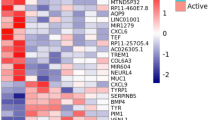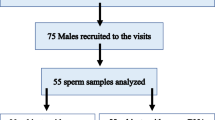Abstract
Transgenerational spermatogenic inheritance of adult male acquired CNS gene expression characteristics has recently been discovered using a Drosophila systems model. In this novel mode of inheritance, transcriptomic alteration induced by the neuroactive drug pentylenetetrazole (PTZ) has been found to leak to future generations. Here, the available microarray gene expression data pertaining to CNS and/or testis of exposed F0 and the resulting F1 and F2 generations has been pooled and analyzed in an unbiased manner at four levels, namely, biological processes and pathways, protein interactome networks, miRNA-targets, and microarray expression profile similarities. Enrichment for processes related to translation, energy metabolism, cell proliferation, cell differentiation, secretion, central nervous system development, germ cell development, gamete generation, wing development, nutrition etc. was observed. Also, ribosome, oxidative phosphorylation and, to a lesser extent, wingless signaling pathway showed overrepresentation. In the proteomic interactome map, the cell cycle gene Ras85D exhibited overinteraction. In miRNA-target network, the fly transgenerational genes showed overrepresentation of mir-315 targets. Transcriptomic matching revealed overlap of transgenerational set with genes related to epigenetic drug treatment, stem cells, Myc targets and miRNA targets. Many of the findings were consistent with the existing epigenetic evidence in complex mammalian traits. Converging evidence suggests that ribosomal RNA and proteins may serve as candidate biomarkers of transgenerational environmental effect. A compelling systems biology frame-work integrative of transgenerational epigenetic inheritance is suggested. Nutrient, circulating peptide hormone, Myc, Wnt, and stem cell signaling pathways constitute the frame-work. The analysis has implications in explaining missing heritability in complex traits including common human disorders. The fly model offers an excellent opportunity to understand somatic and germline communication, and epigenetic memory formation and its retention across generations in molecular details.
Similar content being viewed by others
Article PDF
Author information
Authors and Affiliations
Corresponding author
Rights and permissions
About this article
Cite this article
Sharma, A. Systems level analysis of transgenerational spermatogenic inheritance predicts biomarkers and underlying pathways. Nat Prec (2009). https://doi.org/10.1038/npre.2009.3312.1
Received:
Accepted:
Published:
DOI: https://doi.org/10.1038/npre.2009.3312.1



